What is the difference between Inconel and Incoloy?
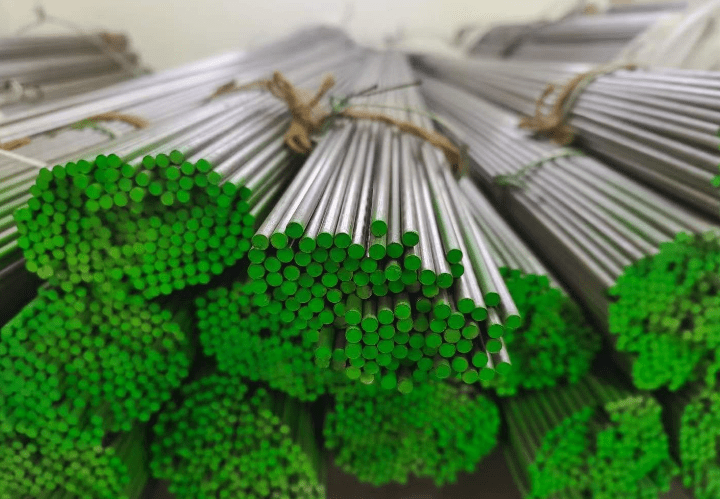
In our daily lives, Inconel and Incoloy are two alloys that have gained immense popularity due to their exceptional properties and versatility in various industrial applications. While both alloys belong to the family of nickel-based superalloys, there exists distinct difference between Inconel and Incoloy in terms of composition, mechanical properties, corrosion resistance, and usage. In […]
Incoloy 825 vs Hastelloy C276 – What’s the Difference?
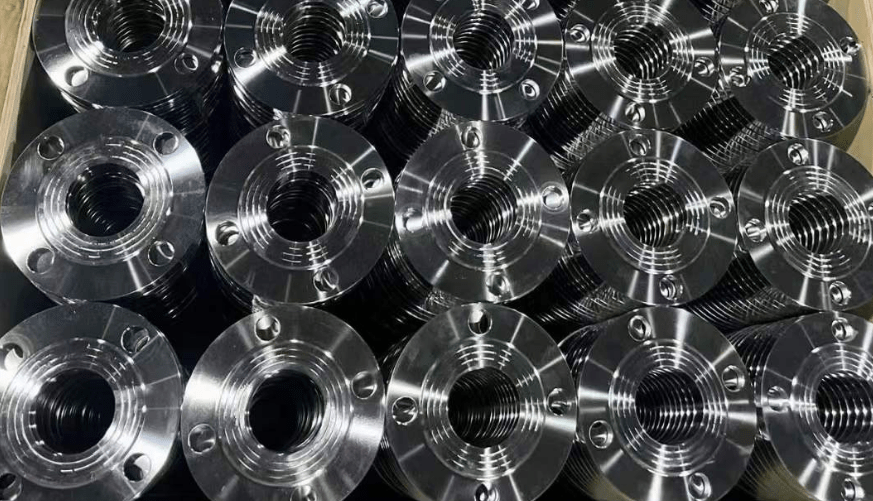
In the realm of high-performance alloys, Incoloy 825 vs Hastelloy C276 occupies prominent positions, each boasting unique properties and applications. While both alloys are renowned for their corrosion resistance and strength, they differ significantly in composition, characteristics, and the environments where they excel. In this article, we aim to provide a detailed and authoritative comparison […]
Incoloy 800 vs Inconel 625 – What’s the Difference?
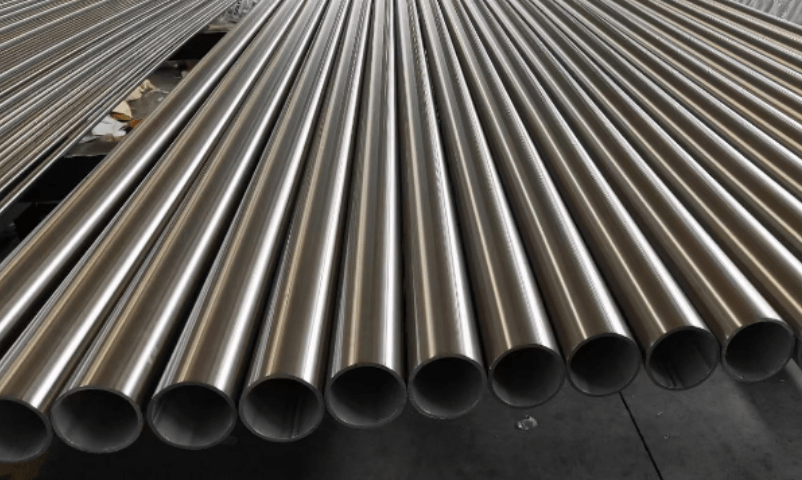
Many of our customers have the same question, that is, Incoloy 800 vs Inconel 625 – What’s the Difference? Today, I will delve into the differences between Incoloy 800 and Inconel 625, two alloys that are often considered for high-temperature and corrosion-resistant applications. Incoloy 800 vs Inconel 625 – What’s the Difference? Incoloy 800 vs […]
Inconel 625 vs Incoloy 825 – What’s the Difference?
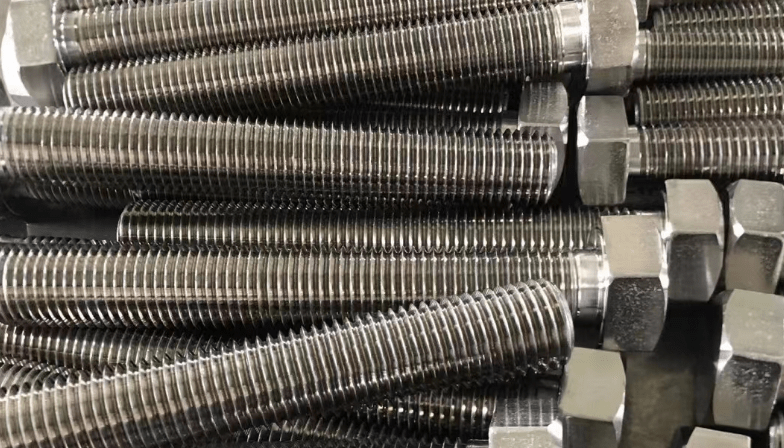
Among various alloys, Inconel 625 vs Incoloy 825 stand out as two highly regarded materials in the aerospace, chemical processing, and energy generation industries due to their exceptional resistance to corrosion and high-temperature oxidation. While both alloys belong to the nickel-based superalloy family, they differ significantly in many aspects. In this article, we will take […]
Incoloy 800 vs Inconel 600: What’s the Difference?
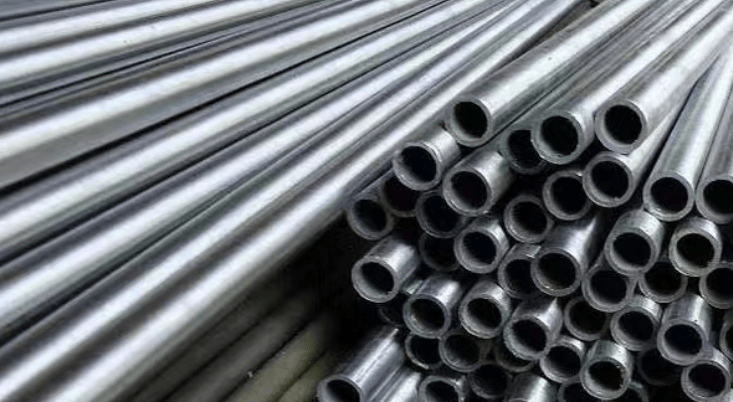
Among numerous alloys, Incoloy 800 vs Inconel 600 stand out as two highly regarded materials with similar applications but distinct characteristics. In this article, we will delve into the intricacies of Incoloy 800 vs Inconel 600 alloys, highlighting their differences in composition, physical properties, and industrial uses. Incoloy 800 vs Inconel 600: What’s the Difference? […]
Incoloy 825 vs Inconel 825 – What’s the Difference?
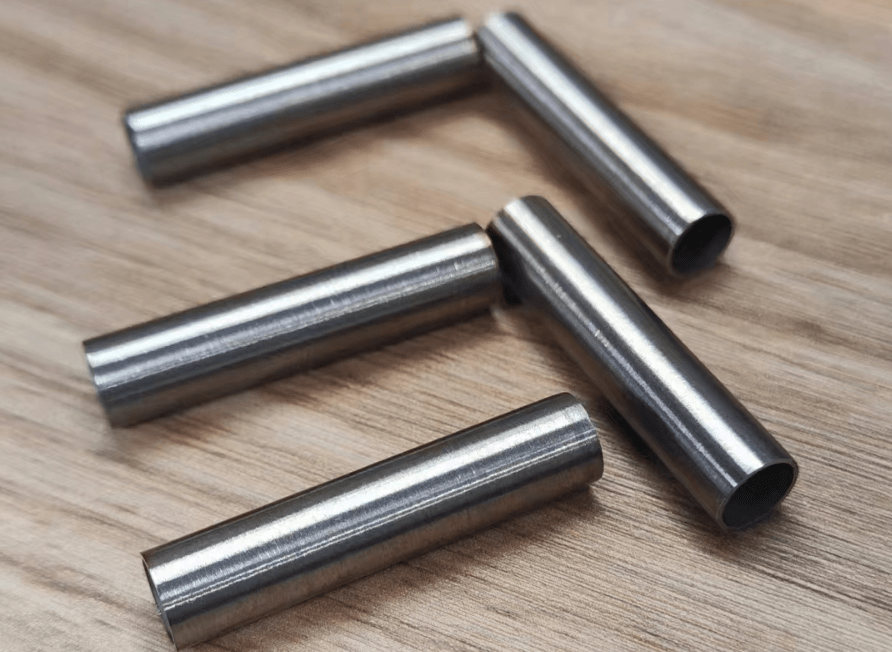
Today, in this article, we will delve into a comparison between two alloys that are often confused due to their similar names: Incoloy 825 vs Inconel 825. While they may share some fundamental characteristics, the differences between these two materials are quite significant and crucial to understand when making material selection decisions. Incoloy 825 vs […]
Incoloy 825 vs Monel – What’s the Difference?
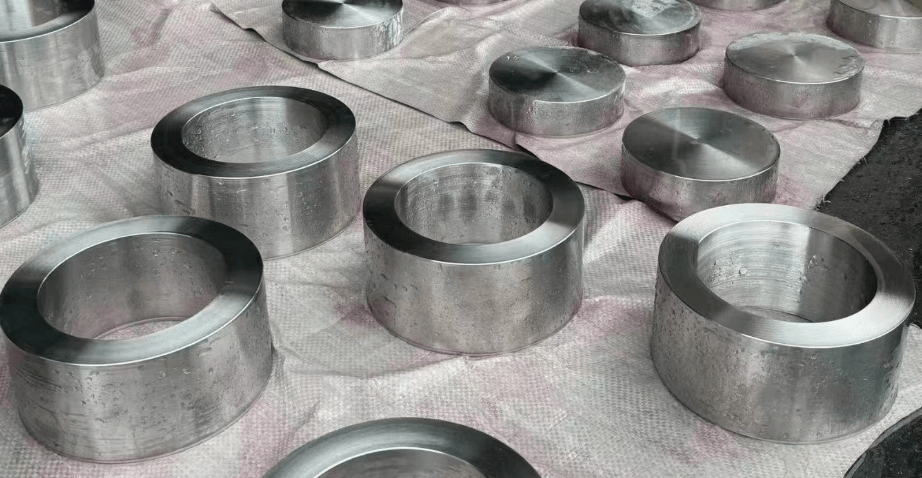
In today’s article, we will delve into the comparison between two popular alloys: Incoloy 825 vs Monel. These two materials, though both used in corrosive environments, offer distinct properties and applications. Understanding the differences between Incoloy 825 and Monel is crucial for making informed decisions in terms of material selection, corrosion resistance, and cost-efficiency. Incoloy […]
Advantages and Disadvantages of Incoloy You Need to Know

Incoloy, a nickel-chromium-iron alloy, has found its place in numerous industrial applications due to its unique combination of properties. As a leading supplier of Incoloy Alloy products from Shanghai, China, Huaxiao Alloy has witnessed the various advantages and disadvantages of Incoloy in real-world scenarios. Let’s delve into the details. Advantages and Disadvantages of Incoloy 5 […]
Incoloy 800 vs Incoloy 825 – What’s the Difference?
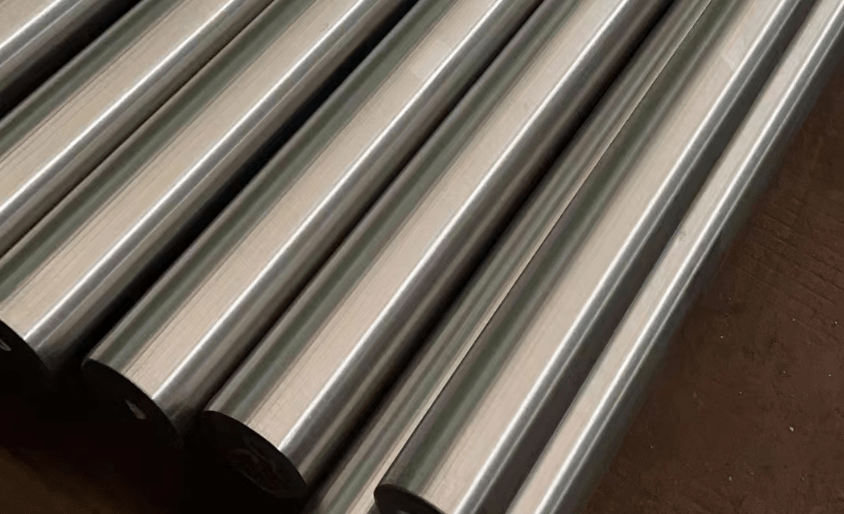
In our daily lives, Incoloy 800 vs Incoloy 825 stand out as two highly versatile and durable alloys. Both are nickel-iron-chromium alloys, designed primarily for use in corrosive environments, but they differ significantly in their composition and applications. Let’s delve into the details of what makes these two alloys unique and how they differ from […]
Incoloy 800 vs Alloy 800 – What’s the Difference?
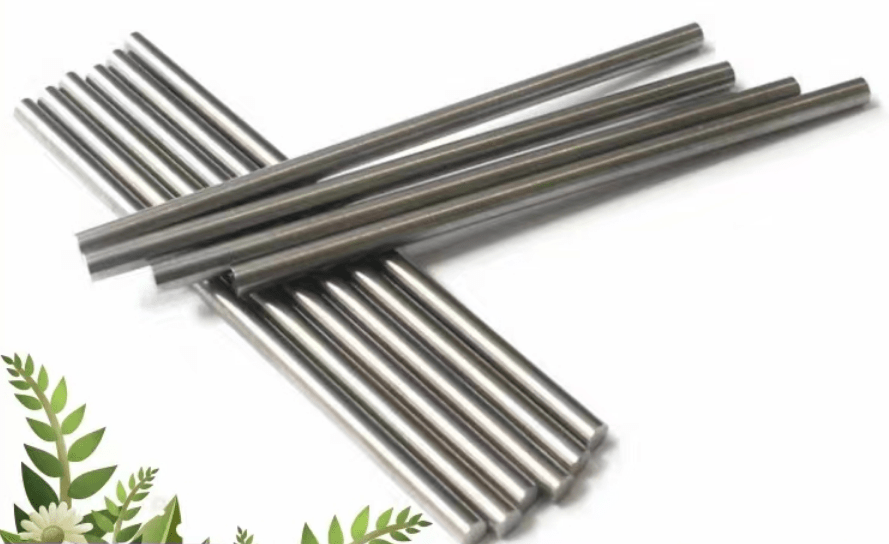
In the realm of high-performance alloys, Incoloy 800 vs Alloy 800 occupy a unique place, each with its own set of advantages and applications. Both alloys are iron-nickel–chromium based and are renowned for their resistance to oxidation and corrosion, making them ideal for use in harsh environments. However, there are several key differences between the […]



